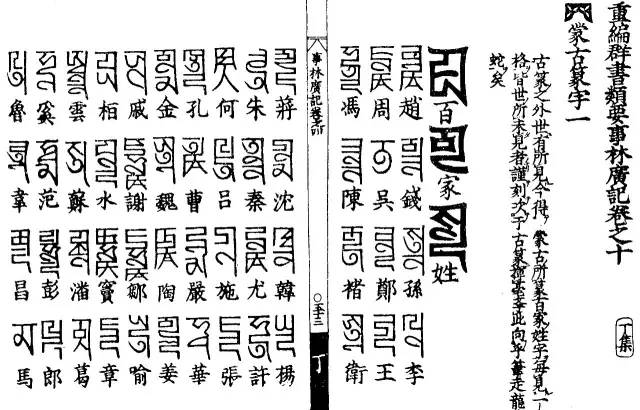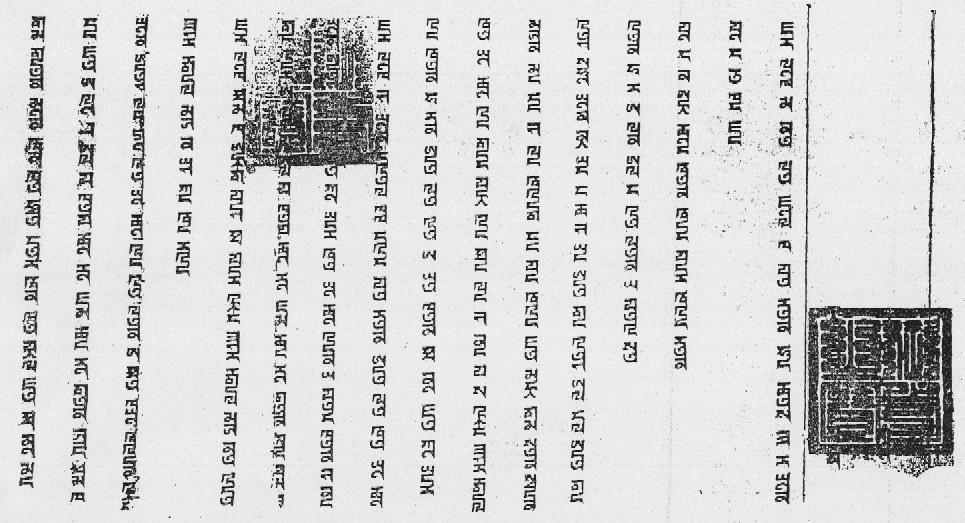bǎixìng (bǎi·xìng {hundred → [all]} · surnames → [common people | all existing surnames] 百姓) ← Tap/click to show/hide the “flashcard”
[Notes: Tap/click on a Pīnyīn (Pīn·yīn {Piecing Together of} · Sounds → [Pinyin] 拼音) expression to reveal its “flashcard”; tap/click on a “flashcard” or its Pīnyīn (Pīn·yīn {Piecing Together of} · Sounds → [Pinyin] 拼音) expression to hide the “flashcard”. 📖 📄 📘 icons mean 📖 Reveal All, 📄 Reveal Advanced, and 📘 Reveal None re all the “flashcards” in the heading, paragraph, etc. that they are placed at the beginning of.]
With the deadly shooting wars now being fought in places like Israel and Ukraine, jw.org recently featured an article with the following title:
Who Will Save the Civilians?—What Does the Bible Say?
📖 📄 📘 Zhànhuǒ (Zhàn·huǒ War · Fire → [Flames of War] 战火 戰火) Wúqíng (Wú·qíng {Not Having} · Feeling → [Being Heartless] 无情 無情), Shéi (Who 谁 誰) Lái ({Will Come} 来 來) Zhěngjiù ({to Save} 拯救) Wúgū (Wú·gū Without · Guilt → [Innocent] 无辜 無辜) de (’s 的) Bǎixìng (Bǎi·xìng {Hundred → [All]} · Surnames → [Common People] 百姓)?
This week’s MEotW is the last word in the above Mandarin title, “bǎixìng (bǎi·xìng {hundred → [all]} · surnames → [common people | all existing surnames] 百姓)”, which corresponds to “civilians”, or “common people”. And, as the Wikipedia page for this expression says:
The word “lao” (Chinese: 老; lit. ‘old’) is often added as a prefix before “baixing”.[source]
Origins?
“Bǎixìng (Bǎi·xìng {hundred → [all]} · surnames → [common people | all existing surnames] 百姓)” literally means “hundred surnames”. Regarding how a hundred surnames came to represent the people of China, the above-mentioned Wikipedia article claims:
A confederation of tribes living along the Yellow River were the ancestors of what later became the Han ethnic group in China.[source][source] Several large tribes, including the Huangdi tribes (Chinese: 黄帝族), Yandi tribes (Chinese: 炎帝族), and the Yi tribes, formed an alliance that consisted of roughly 100 tribes. This alliance is the origin of the baixing () or the “hundred surnames.”
Around 2,000 Han Chinese surnames are currently in use, but 19 of these surnames are used by about half of the Han Chinese people. About 87% of the population shares 100 surnames.[source][source]
Logically, as the population of the grouping of tribes that eventually became China grew, for a time there were fewer than one hundred surnames, for a relatively brief time there were exactly one hundred surnames, and then there were over a hundred surnames. Whether the particular claim above about there having been about a hundred early tribes is accurate, somewhere along the line, the idea may have taken root that one hundred surnames were generally representative of the people of China, especially if it’s true, as claimed above, that a hundred surnames covers about 87% of China’s population.
Another possibility is that the “bǎi (hundred [→ [numerous; all [kinds of]]] 百)” in “bǎixìng (bǎi·xìng {hundred → [all]} · surnames → [common people | all existing surnames] 百姓)” is used to effectively mean “all”, like it does in “bǎiwù (bǎi·wù {hundred → [all]} · things 百物)”. A similar expression is “wànwù (wàn·wù {ten thousand → [all]} · things 万物 萬物)”, in which “wàn ({ten thousand} [→ [all; a very great number of]] 万 萬/万)”, which literally means “ten thousand”, is used to mean “all”, or “a very great number of”.
Either way, as we can see from the above Mandarin jw.org article title, besides being used to refer to the common people of China, “bǎixìng (bǎi·xìng {hundred → [all]} · surnames → [common people | all existing surnames] 百姓)” is now also used to refer to the common people of other nations as well.
The Book of Family Surnames
The expression “bǎixìng (bǎi·xìng {hundred → [all]} · surnames → [common people | all existing surnames] 百姓)” is apparently referenced in the title of the classic Chinese text Bǎijiā Xìng ((Bǎi·jiā {Hundred → [Many; Various; All]} · Families’ 百家) (Xìng Surnames 姓) → [Hundred Family Surnnames/The Book of Family Names (classic Chinese text listing common Chinese surnames)]), which is the subject of the following summary from Wikipedia:
The Hundred Family Surnames (Chinese: 百家姓), commonly known as Bai Jia Xing,[source] also translated as Hundreds of Chinese Surnames,[source] is a classic Chinese text composed of common Chinese surnames. An unknown author compiled the book during the Song dynasty (960–1279).[source] The book lists 507 surnames.[source] Of these, 441 are single-character surnames and 66 are double-character surnames.[source] About 800 names have been derived from the original ones.[source]
In the dynasties following the Song, the 13th-century Three Character Classic, the Hundred Family Surnames, and the 6th-century Thousand Character Classic came to be known as San Bai Qian (Three, Hundred, Thousand), from the first character in their titles. They served as instructional books for children,[source] becoming the almost universal introductory literary texts for students (almost exclusively boys) from elite backgrounds and even for a number of ordinary villagers.

An example of the Chinese poem “Hundred Family Surnames” written in Chinese characters and in ʼPhags-pa script (For more information on the ʼPhags-pa script, see the MEotW post on “cuò
({[is] alternating; staggered} [→ [[is] wrong; mistaken; incorrect; erroneous | missed | grinding; rubbing | moving to the side | mistake; error; blunder [→ [fault]]]] | {[is] interlocked and jagged} [→ [intricate]]
错
錯)”.)
Help for Dealing With the Easily-Offended?
Years ago, in the door-to-door work, I called on a Chinese man who had a double-character surname. Being a Chinese person who had grown up in Canada and who had not even heard of Qín Shǐhuáng ((Qín {Qin (dynasty)} 秦) (Shǐ·huáng Beginning · Emperor 始皇) (the founder of the Qín dynasty and the first emperor of China)) until I saw a movie about this remarkable historical figure when I was an adult, I was not familiar with the background of the relatively rare double-character surnames, so I innocently asked him about it. However, rather than being flattered by the interest and politely enlightening me, he chose to be offended that I didn’t know something about his background and culture that he had known since his childhood and just—unhelpfully—said something like, ‘Don’t you know about the history of China?’
Well, dear reader, after learning of Bǎijiā Xìng ((Bǎi·jiā {Hundred → [Many; Various; All]} · Families’ 百家) (Xìng Surnames 姓) → [Hundred Family Surnnames/The Book of Family Names (classic Chinese text listing common Chinese surnames)]) and the double-character surnames in it, perhaps you may be spared a similarly dreary experience in the ministry. (Since we seek to reach everyone in our territories, we can end up meeting all kinds of people, like Jesus did. Some of them may be proud, petty, and unpleasant, but then again, some of them may be sheeplike, hungry for the truth, and appreciative of our imperfect efforts.)
